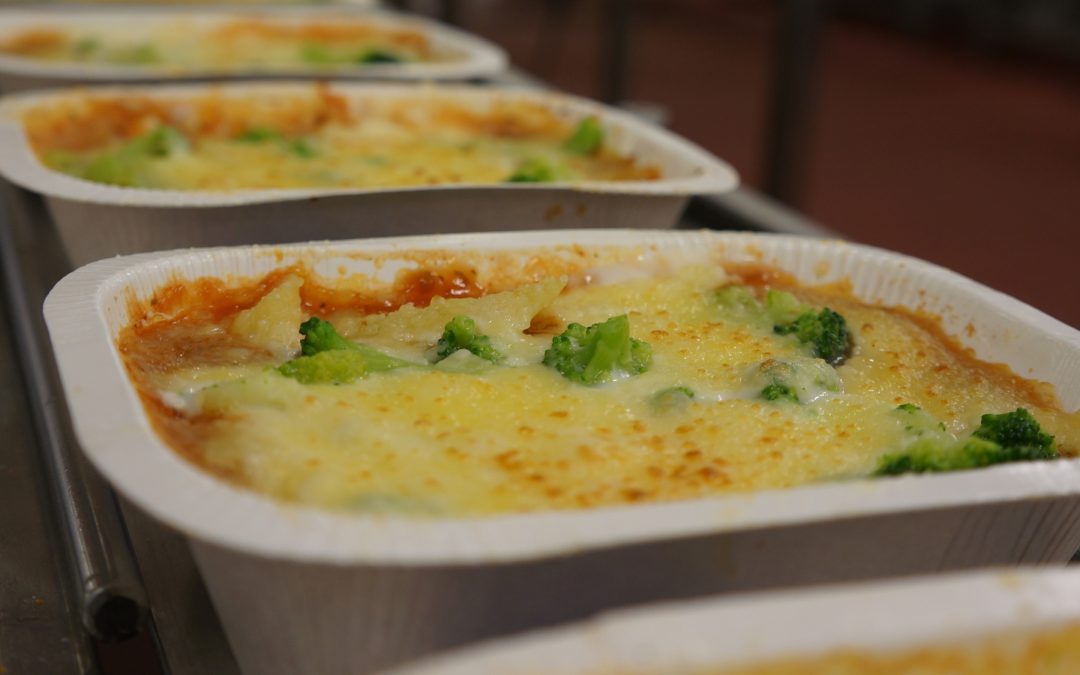The Institute of Grocery Distribution (IGD) has launched its ‘UK convenience market 2025-2030’ report, which revealed that the channel has experience growth of 1% “despite continued external challenges”.
IGD forecasts that the convenience channel will grow to £56.2 billion by 2030, representing a projected five-year growth rate of 2.7% (CAGR). National mainstream retailers are expected to maintain a “strong focus” on convenience expansion, underpinned by new store development and ongoing sector specialisation.
IGD stated that the UK convenience channel had sustained “limited but consistent” growth in H1 2025, with the sector on track to reach £49.2 billion for the full year. Multiples emerged as the fastest-growing segment, said IGD, now accounting for a 25.4% share of the channel, fuelled by new store development and continued investment in store improvements. IGD said these investments had enabled multiples to capitalise on rising demand for chilled, fresh, food-to-go and evening meal solutions.
Symbols continue to hold the largest segment share, growing just above 1% in H1. In contrast, Co-op experienced a weaker performance, impacted by a malicious cyber attack and a number of regional store closures.
Chilled foods and soft drinks led category value gains in H1, each achieving uplifts of approximately £150 million. Fresh fruit and vegetables, frozen food, sandwiches and wraps, and non-food all registered percentage growth rates of above 10%.
“Convenience retailing is set for a dynamic and opportunity-rich future.”
Looking forward, IGD said that the sector’s resilience and adaptability present significant opportunities for growth. Health-focused stores are emerging globally, targeting affluent, urban shoppers with tailored propositions and testing new concepts that can be scaled across wider estates. At the other end of the spectrum, a focus on indulgent ranges offers the chance to engage customers seeking treats and premium experiences.
Automated dispensing and vending solutions are expanding, IGD found, enabling retailers to provide a broader range of meal solutions around the clock and creating new opportunities for supplier collaboration and brand visibility. Quick commerce, driven by proximity and the need for distress purchases, continues to shape range evolution, with an emphasis on fresh products and meal ingredients to serve fast-changing shopper missions.
Patrick Mitchell Fox, senior retail analyst at IGD, commented: “Despite the lingering pressures from declining tobacco sales and broader retail challenges, the UK convenience channel has once again proven its ability to adapt, invest, and grow.
“The sector’s strength lies in its responsiveness, whether through embracing health, indulgence, or automation and its willingness to innovate in line with evolving shopper needs. With robust forecasts to 2030 and a renewed focus on value-added categories, convenience retailing is set for a dynamic and opportunity-rich future.”









